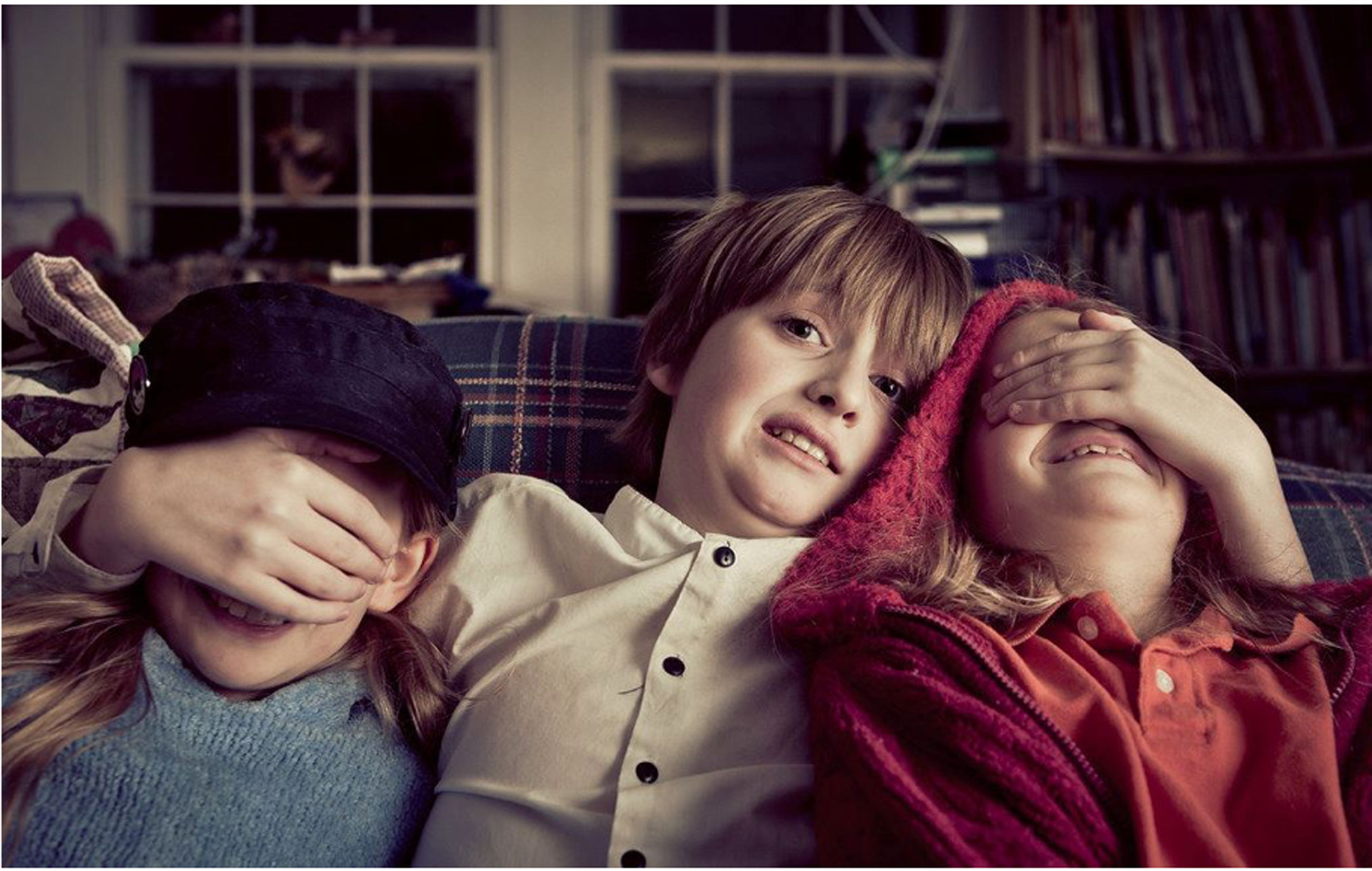
31 Dec One parents’ struggle with advertising content on television
A parent has aired her concerns about a trailer seen recently by her children and what followed.
In this month’s Talking Point, the Children and Media organisation addressed a parent’s distressing experience with TV content and the challenges parents face in monitoring what their children watch. During a Sunday morning children’s cartoon session on channel 9Go, a concerned parent encountered multiple advertisements for STAN’s latest show, “Billy the Kid,” rated M. The intense trailer featured gunfights, threats, and scenes inappropriate for the G and PG-rated time slot. Frustrated after two hours of constant vigilance, the parent lodged a complaint with the Advertising Standards Panel, only to have it dismissed.
The Advertising Standards Community Panel deemed it acceptable to air M-rated content during children’s viewing hours, a decision that left parents perplexed and dissatisfied. Examining the AANA Code of Ethics revealed significant loopholes, particularly in Section 2.3 addressing violence, where the term “justifiable” lacks a defined criterion. The absence of explicit provisions prohibiting the broadcast of M-rated content during children’s programming further compounds the issue.
A deeper look into the regulatory landscape uncovered a problematic gap, with the AANA, a private industry organization, overseeing standards without government management. Despite numerous attempts by concerned groups to address shortcomings, there has been little progress in protecting families and children.
Confusion and inconsistencies persist in the regulatory environment, where free-to-air and streaming services lack uniformity in oversight bodies. Programs and ads on 9GO adhere to both the FreeTV Code of Practice and AANA Codes, while streaming services like STAN operate under the AANA alone.
With the Commonwealth Government’s regulatory framework narrowly focused on ads directed at children within specific program categories, parents find themselves grappling with a lack of control over violent content shown to their children. This raises questions about self-regulation within the advertising industry, especially in light of the government’s efforts in gun control and cyberbullying prevention.
In a climate where mass shootings and cyber violence are pressing concerns, parents wonder why the government allows advertisers to regulate themselves. The absence of explicit prohibitions in the regulations and standards raises concerns about the potential harm caused by the advertisement of M-rated content during PG and G-rated viewing hours. As parents and child protection bodies voice their concerns, the need for comprehensive and protective regulations becomes increasingly evident.

